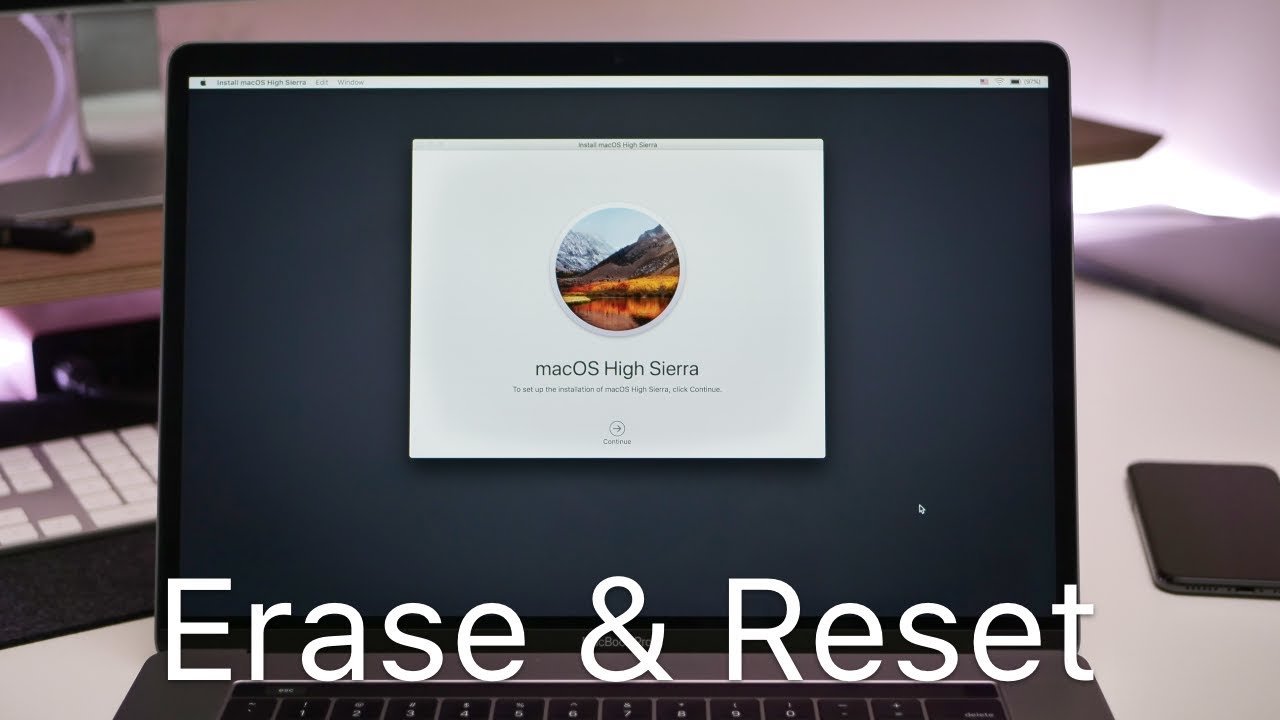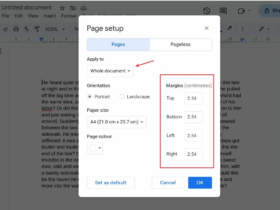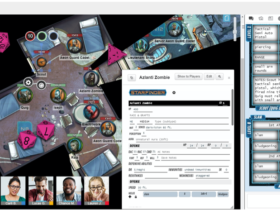Resetting your MacBook to its factory settings can feel like a daunting task, especially if you’re not particularly tech-savvy. However, whether you’re preparing to sell your MacBook, facing persistent software issues, or simply looking to start fresh, a factory reset can be the perfect solution. This comprehensive guide will take you through the process, ensuring your MacBook is wiped clean and restored to its original state, just as it was the day you took it out of the box.
Understanding the Importance of a Factory Reset
Before diving into the step-by-step process, it’s crucial to understand why a factory reset might be necessary. A factory reset erases all the data on your MacBook’s hard drive—including all your files, settings, and installed applications—and reinstalls the macOS operating system. This process can resolve issues caused by software glitches, remove any personal information before selling or giving away your device, and often improve your MacBook’s performance if it has become sluggish over time.
Preparing for the Reset
Backup Your Data
The first and most important step before performing a factory reset is to back up your data. You can use Time Machine, Apple’s built-in backup feature, to create a complete backup of your system on an external drive. Alternatively, you can manually copy important files to an external storage device or use cloud storage services like iCloud, Dropbox, or Google Drive to safeguard your documents, photos, and other important data.
Sign Out of Apple Services
It’s essential to sign out of all Apple services before resetting your MacBook. This includes iCloud, iTunes, and iMessage. Failing to sign out, especially of iCloud, could prevent the new owner (if you’re selling or giving away your device) from using services like Find My Mac.
Deauthorize iTunes
If you’re using an older macOS version that still includes iTunes, remember to deauthorize your computer from your iTunes account. This step ensures you don’t run into issues with the maximum number of allowed devices connected to your iTunes account.
The Factory Reset Process
Step 1: Enter Recovery Mode
Shut down your MacBook. Then, turn it on and immediately press and hold the Command (⌘) and R keys until you see the Apple logo or a spinning globe. This action boots your MacBook into Recovery Mode, giving you access to the utilities needed to perform a factory reset.
Step 2: Erase the Hard Drive
Once in Recovery Mode, select ‘Disk Utility’ from the macOS Utilities window and click ‘Continue.’ Choose your startup disk (usually named ‘Macintosh HD’ unless you’ve renamed it) and click on the ‘Erase’ button. You’ll need to select a format; if you’re running macOS High Sierra or later, choose APFS. For older versions, select Mac OS Extended (Journaled). Click ‘Erase’ to wipe your hard drive clean. Once the process is complete, exit Disk Utility to return to the macOS Utilities window.
Step 3: Reinstall macOS
With your hard drive wiped clean, the next step is to reinstall macOS. Still in the macOS Utilities window, select ‘Reinstall macOS’ and click ‘Continue.’ Follow the on-screen instructions to install a fresh copy of macOS. This process can take some time, depending on your internet connection, as the operating system needs to be downloaded from Apple’s servers.
Step 4: Setting Up Your MacBook (or Preparing for Sale)
Once the installation is complete, your MacBook will restart to a setup assistant. If you’re keeping your MacBook, proceed through the setup process as you did when you first bought it. If you’re selling or giving away your MacBook, press Command (⌘) + Q to shut down the MacBook at the Welcome screen. This action leaves the setup process for the new owner, ensuring they have a brand-new user experience.
Conclusion
Performing a factory reset on your MacBook can breathe new life into your device or prepare it for a new owner. While the process may seem complex at first glance, following these steps will ensure a smooth and successful reset. Remember, the key to a hassle-free reset is preparation — back up your data, sign out of all Apple services, and deauthorize any connected accounts. With these preparatory steps out of the way, you can confidently reset your MacBook, knowing your data is secure and your MacBook is ready for its next chapter.
FAQs on How to Factory Reset a MacBook
Q1: Will factory resetting my MacBook delete everything?
A1: Yes, factory resetting your MacBook will delete all data on the hard drive, including your files, settings, and installed applications. This is why it’s crucial to back up any important data before proceeding with the reset.
Q2: Can I factory reset my MacBook without an Apple ID?
A2: Yes, you can factory reset your MacBook without an Apple ID during the reset process itself. However, you’ll need to sign out of your Apple ID and other Apple services before you start the reset to avoid any potential issues with activation locks or accessing Apple services post-reset.
Q3: How long does it take to factory reset a MacBook?
A3: The time it takes to factory reset a MacBook can vary based on a few factors, such as your internet speed (for downloading the macOS installation files) and the speed of your MacBook’s hard drive. On average, the process can take anywhere from 30 minutes to a couple of hours.



















